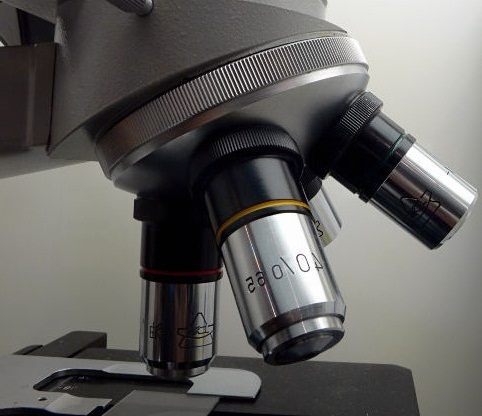Éntravenous immunoglobulin in the treatment of multiple sclerosis
Éntravenous immunoglobulin in the treatment of Multiple Sclerosis
D.Kountouris Center of Neurological Diagnosis, Athens, Greece. Archieves of Hellenic Medicine 1995;12(4):264. Multiple scierosis (MS) is a central nervous system (CNS) demyelinating disease in the pathogenesis of which autïimmune ìechallisms are implicated. The existing evidence of its immune-mediated etiology hás led to theralpeutic attempts to modify, generally and/or selectively, the immune system of these patients. Antiviral, anti-inflammatory, immunosuppresant, and immunomodulatory therapies have been considered, involving glucocorticoids, immunosuppresant drugs (e g azathioprine), physical agents (e.g. irradiation), plasmapheresis and, most recently, interferon-beta. Despite the fact that the mechanism of immunomodulation induced by high-dose intravenous immunoglobulin (IVIG) has not been completely understood as yet, the beneficial effect that exerts in the clinical course of various autoimmune disorders justified its use in the treatmelnt of MS. Several open trials have been conducted till now with encouraging results.7-6 Patients with reldpsing-remitting, progressive, and/or steroid dependent MS have been included in these studies. Generally, IVIG was administered either in monthly doses of 500mg – 2 g/kg of body weight or in daily (loses of 400 mg/kg for 5 consecutive days followed by the same bimonthly booster dose. Reduction in the rate and severity of acute exacerbations, improvement of the neurological disability and decrease of the Kurtzke Expanded Disability Status Scale was observed in the majority of MS patients after the treatment with IVIG compared to the controls. No significant short or long-term adverse effects were reported. According lo the results of the above studies the treatment with IVIG is expected to be more successful in the following subsets of the disease: a. Young patients in remission b. relapsing optic neuritis- Stable steroid-unresponsive optic neuritis
- Chronic progressive MS

